#mulberry silk
Explore tagged Tumblr posts
Text
Sewing, cosplay, slow fashion tumblr. Please reveal to me where you buy fabrics when you have to buy them online.
I am looking to buy some EXPENSIVE mulberry silk velvet in black, and I may want to return if it's not right since I can't freaking touch any in person without going to new york or something.
#sewing#fabric#fabric shopping#slow fashion#mulberry silk#velvet#looking for recommendations#marketpeaches
7 notes
·
View notes
Text
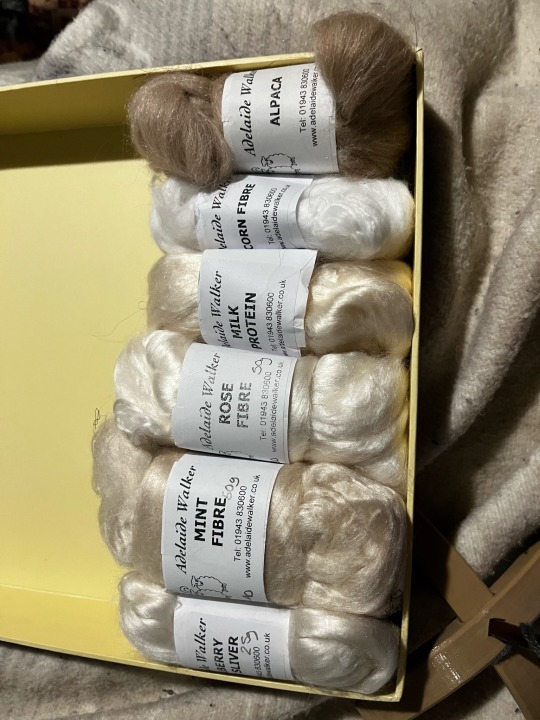
I am rating these on how SOFT they Feel between my fingies (coarsest furthest away from the camera) and HOLY COW I NOW UNDERSTAND WHY MULBERRY SILK WAS THE EPITOME OF EVERYTHING 💯 💯 💯
I’m going to start with corn fibre and work my way down into bliss.
51 notes
·
View notes
Text
My Atla headcannons/theories
•Alpacas are native to the land of the Southern Air Temple.
•The Water Tribe engagement necklaces are made from a form of nacre (because it’s more fun that way) from like a barnacle-clam or smthg.
And the ribbon isn’t imported silk from the Fire Nation (they’re based on Japan and why does Japan have silk? Bc the humidity. Fite me) or lotus silk from the Earth Kingdom (they totally took the FN’s way of mulberry silk making, excellerated via the colonies, but that’s a lotta land! And I’m fascinated by how many diff ways we can make fabric. Obv they also have the various forms of sheep too).

But something special and from around those respective areas.
So I present to you the ribbons being made from the northern yak-things and southern leopard-things, etc.
But if you really wanna show how devoted and serious and skilled you are?
Sea Silk!
Which I decree as having distribution around both regions via the oyster-clam or whatever it would be in this world. (In this case, it turns a deep, beautiful blue instead of gold—at least, that’s how the Tribespeople prepare it anyway.)

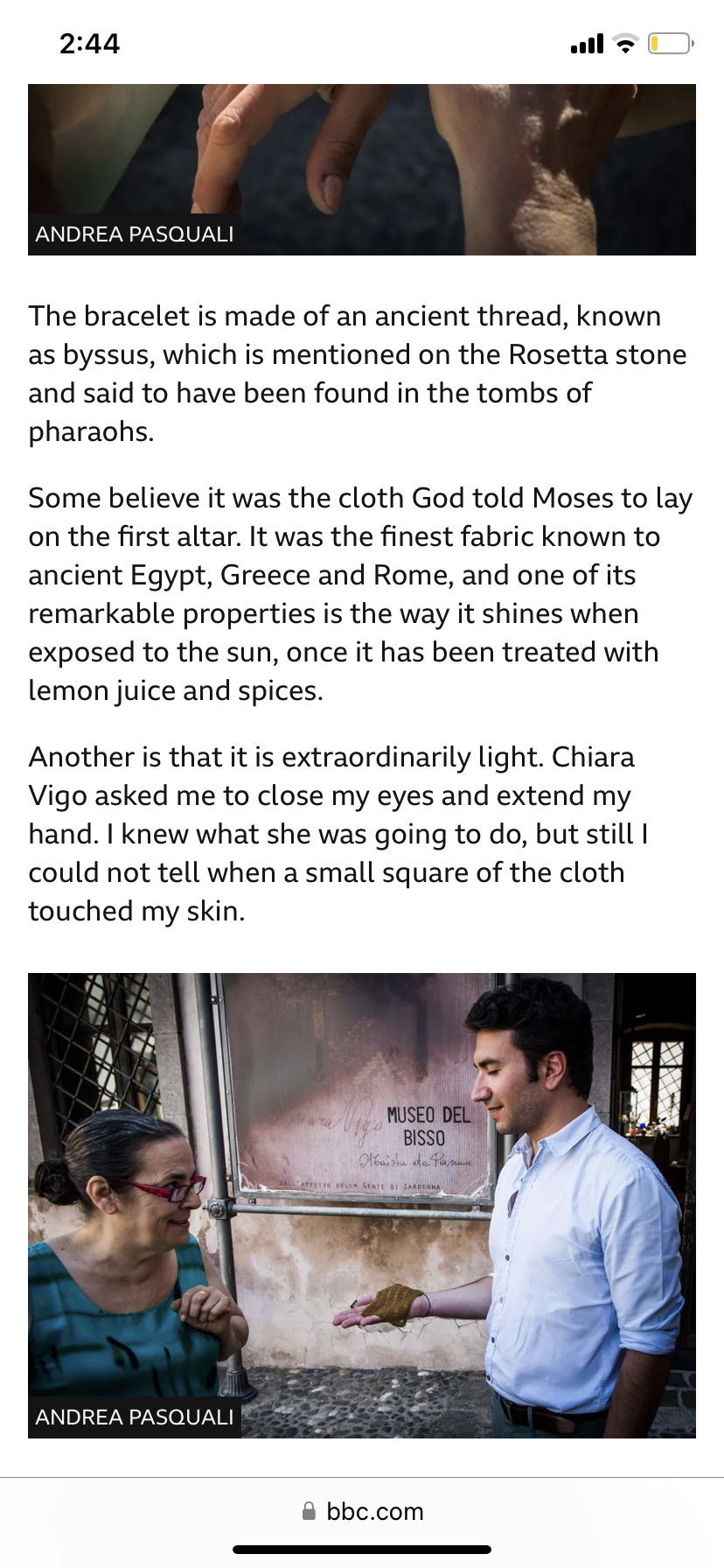

Also Moth Silk!
Same with the arctic wooly bear moths as northern wooly bear-moths and southern snow leopard-moths.

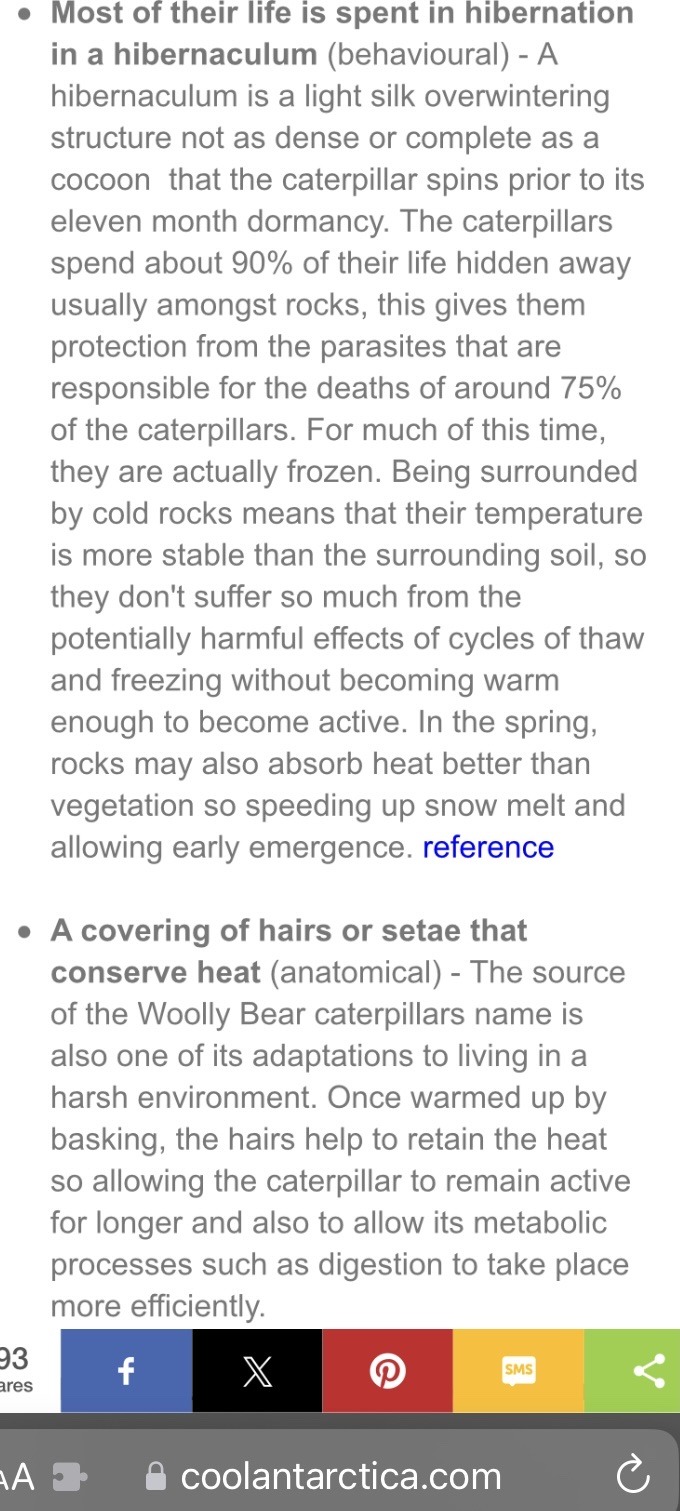
Hell! For the fuck of it, let’s throw in some more fiber making things like mollusk-coral or cat-(Greenland) shark “hair” or sea feathers/crinoids (yes, I’m keeping that the same bc they’re special bois).
I’m gonna have so much fun with this my fics. Holy shit. I can’t believe I haven’t seen more ppl try to look into this. I, for one, have always wondered.
…. And I’ve always wondered why the Tribespeople don’t have brown eyes. Like it’s cute that the usually waterbending ppl who live with glaciers have blue eyes, but don’t we all know that that HURTS like shit in the reflecting snow and ice? I don’t have blue eyes but man did my genes hate me so I know how it feels. Just saying….
#atla#avatar the last airbender#atla headcannons#atla theories#atla water tribe#atla animals#lotus silk#sea silk#moth silk#mulberry silk
18 notes
·
View notes
Text
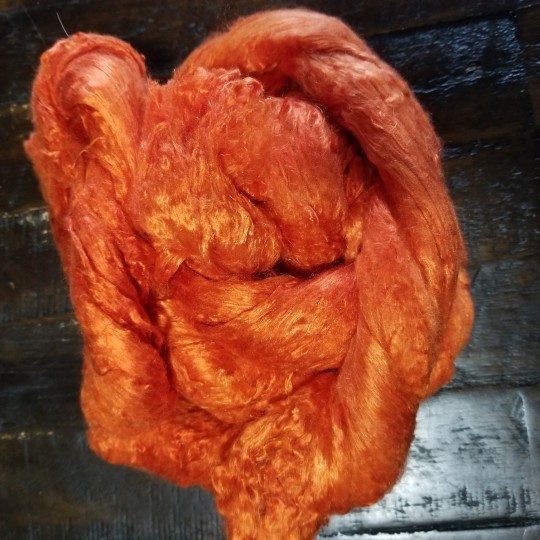
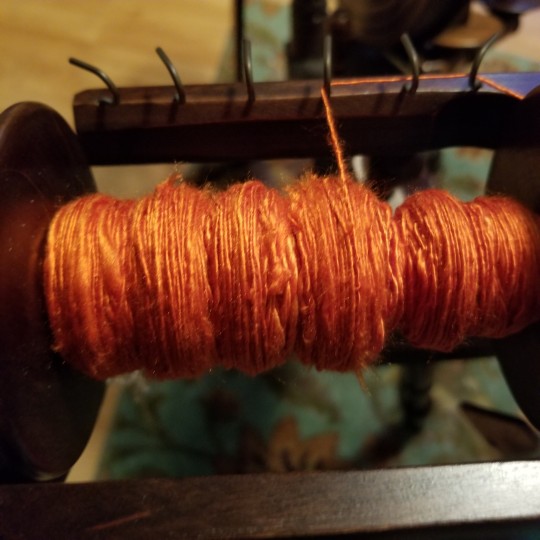
New roving! Orange mulberry silk.
10 notes
·
View notes
Text
Why handloom fabric will never go out of Style
With increased awareness of the fashion industry's negative impact on the environment, people have started to show a massive desire for handmade and hand-loomed items.
They realize the value and specialty handmade pieces bring to the table and in one's life. There is something special about handloom fabrics, it not only provides exclusive textiles, but the mastery of handloom fabrics is unique, authentic, and artistic.
The people behind creating this fabric have put significant effort, love, and passion into making these beautiful textiles.
So ever wondered what really are handloom fabrics?
What are handloom fabrics?
So, before learning about handloom fabrics, let us know what a loom is first.
A loom is a machine operated to weave cloth and tapestry. The primary purpose of any loom is to hold the warp threads under tension to stimulate the weft threads' interweaving to create a textile.

Further, handloom fabrics are handwoven fabrics created on this weaving machine.
To create a handloom fabric, the weaver starts the process by interlacing a set of vertical threads(the warp) with a bunch of horizontal threads(the weft).
Then the loom holds the warp threads under tension to facilitate the interweaving of the weft threads over and above the warp using a weaving shuttle. Finally, the weaver repeats the interweaving process until the handloom fabric is created.
Handloom weaving requires the utmost patience, artistry, technical skills, and physical strength.
Creating handloom fabrics is not just about protecting nature but also about love. The weaver's passionate about what they are making, they put their heart and soul into creating this textile. They select the yarn, pattern, color, texture, and accurate technique to create the suitable fabric, and it's reflected on the material.

Handloom fabrics don't feature just one type of fabric, instead, it comes in a variety of rich colors, patterns, and designs.
The reason handloom fabrics have wide varieties is that it's directly linked to the culture of each community. They have passed on their designs from generation to and formed an identity of their own.
Advantages of handloom fabrics:-
Originality and Uniqueness
The most significant advantage of handloom fabric is that no two hand-loomed materials are the same. Each fabric exhibits unique craftsmanship.
Variousness
As the handloom allows the weavers to explore their creativity in creating beautiful textiles, they explore new ideas and make some extravagant designs and patterns.
Quality
The fibers used to create handloom fabrics are high-quality natural fibers like cotton, linen, silk, and wool; these are environmentally friendly and long-lasting fabrics.
Good for the skin
The handlooms use natural fibers that protect the skin and don't harm it. In addition, it feels good on the skin, unlike synthetic fiber.
Skill preservation and source of livelihood
Since ancient times handloom has proved to be a great source of livelihood across rural India. Even today, the handloom community has preserved its heritage and employs numerous people.
Types of Handloom Fabrics:
Khadi: Khadi, the hand-spun fabric, referred to as the hope of our environment is a fabric known for our nation's freedom struggle, representing the love for our country and its people.
It is made by using natural fiber and is woven so that this fabric will keep the body cool during summer and warm during winter.
Kala Cotton: Kala Cotton is an organic woven textile that allows for sustainable living, as the production is purely ecological with no pesticides and synthetic fertilizers used. It is durable, strong, and stretchable, and it takes dye brilliantly
Tussar Silk: Tussar Silk is the strongest natural textile in the world. The fabric is highly breathable with high moisture-wicking abilities. Despite its immense tensile strength, its softness has made it a hotly desired commodity throughout history.
Mulberry: Mulberry silk is the highest quality silk that is smooth to the touch and has a glossy look. It is one of the oldest types of silk fabric that comes from moth cocoons.
What makes mulberry silk different from other silks is the uniform quality of the fibers. The diameter, color, and texture of a strand of mulberry silk are the same from one cocoon to another.
Muga Silk: Muga Silk follows the path of Ahimsa, meaning not causing harm to other living things. Therefore, this silk is produced without killing the creatures that crafted it. Instead, this silk is a step towards appreciating and supporting the beautiful soul and nature that created it.
Banana: Banana fabric is developed from the outer lining of banana peels. This fabric is one of the most luxurious fabrics. It is soft like silk on the inside and hard like cotton on the outside, making it one of the best fabrics to create comfortable, long-lasting, quality garments, decors, and accessories.
Organic Cotton: Organic cotton comes with various benefits for our environment and our people. For example, this fabric doesn't retain chemicals from its garments, due to which it reduces exposure to allergens and dermatological issues.
The use of organic cotton benefits the farmer as they are exposed to fewer chemicals.
There are so many benefits and types of handloom fabrics that they can never get out of style.
Bulk Organic Handloom Fabric Supplier and Manufacturer:
Suvetah is one of the leading bulk organic handloom fabric suppliers and manufacturers in India.
Suvetah is GOTS certified sustainable fabric manufacturer in Organic Cotton, Linen, and Hemp Fabrics.
We are also a manufacturer of other fabrics like Denim, Ahimsa Silk Fabric, Ethical Recycled Cotton Fabric, Banana Fabric, Orange Fabric, Bamboo Fabric, Rose Fabric, Khadi Fabric, etc.
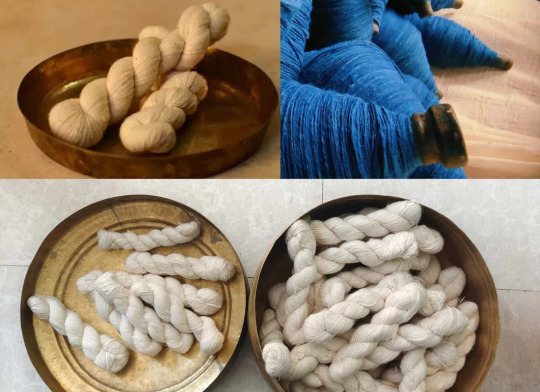
#muga silk#muga silk sarees#mulberry silk#silk saree#plain saree in silk#fabrics cottonplain saree in silk#dyed fabrics#cottony fabric#crepe fabrics#fabrics cotton#fabrics printed
2 notes
·
View notes
Text
Are you looking to buy luxury silk sleepwear for women online? Then you have reached the right place - Ameline Ava, online shop for apparel, gifts, accessories etc. Discover and buy luxury Women’s Silk Sleepwear or nightwear, nighties silk, luxury Silk nightwear, luxury Silk short pyjamas etc. at Ameline Ava online shop. Buy online https://www.amelineava.com/collections/nightwear

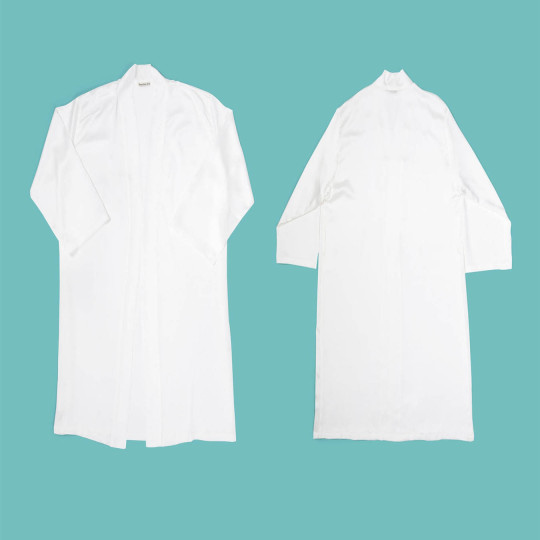

#silk sleepwear#mulberry silk#silk nightwear#ladies silk nightwear#nightwear for women#sleepwear for women#luxury women's sleepwear#accessories for women#clothing for women#womenswear#silk robe
2 notes
·
View notes
Text
Silk Yarn: The Luxurious Fiber with Timeless Appeal and Environmental Benefits
Silk, often referred to as the “queen of fibers,” has been coveted for centuries due to its unparalleled softness, sheen, and strength. This natural protein fiber, produced by silkworms, is not only a symbol of luxury but also a sustainable choice for eco-conscious consumers. Let’s explore the unique properties and benefits of silk yarn, its production process, and why incorporating silk into…

View On WordPress
#accessories#beanie#bluza tricotata#cotton#crochet#Crocheting#culori#design#drape#easy crocheting#easy stitch#fabric#fancy stitch#fast and easy scarf#holidays#inspiration#knitcrate#knitting techniques#linen#made with love#merino wool#mulberry silk#natural yarn#needle#process#rânduri scurte#scarf#Sewing#shawl#silk
0 notes
Text
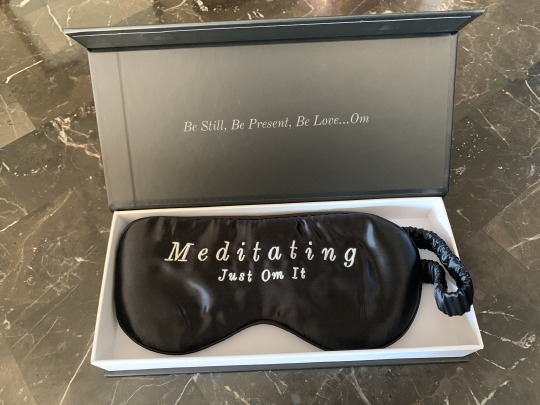
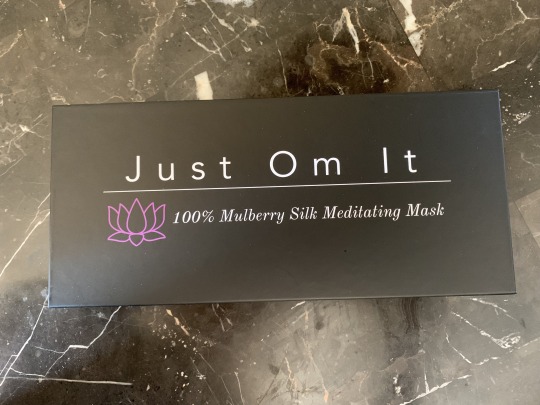
0 notes
Text

Time to glow with our Air Pulse Vibrators! Experience electrifying pleasure and customizable modes for an unforgettable journey of bliss. Get ready to shine and indulge in sensational moments like never before.
#adult game#bd/sm lifestyle#natural beuty#sex tool#mulberry silk#dild0#fantasy dildos#realistic dildos
0 notes
Text
Mulberry silk pillow cover| FURBO STORE
Beautiful and soft, the Mulberry Silk Pillow Cover is a beautiful addition to any room. With its crisp white trim and slight sheen, the silk pillow cover is sure to make an impact on your bedding! The Mulberry silk pillow cover is a sumptuous, luxurious touch to this season's bedroom decor. The soft feel of our silk is based on the natural patterns of Silkworm cultivation and comes with a zipper for easy cleaning. At Furbo, We offer the best quality silk products to improve your hair and skin health. Our products: - Pillowcases, masks, and Scrunchy & Curler. All are made with 100% original Mulberry Silk at a very reasonable cost.
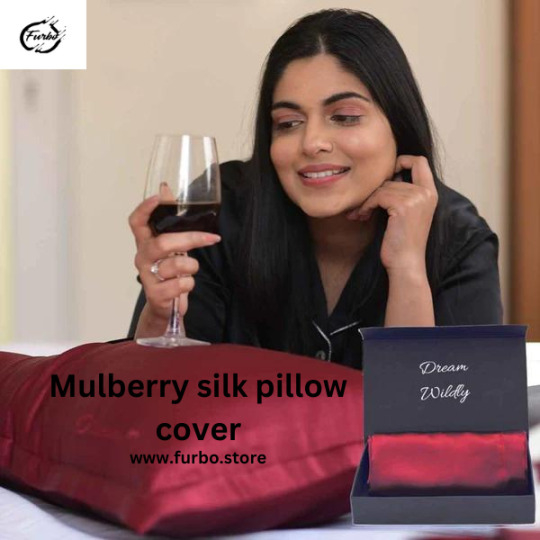
0 notes
Text
I've recently been bitten by the silkworm myself but have yet to venture into the realm of dyeing with it because I don't have any acid dyes, only food colouring.
I yearn for jewel tones


dyeing a lil silk treat to bring on family vacation. a loosely wound gradient ball plus a skein, in case the dye doesn't penetrate the ball as much as I would like.
43 notes
·
View notes
Text

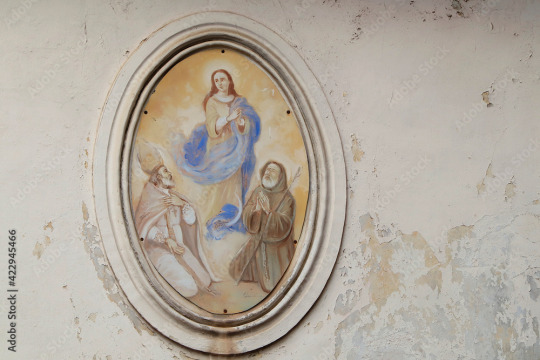


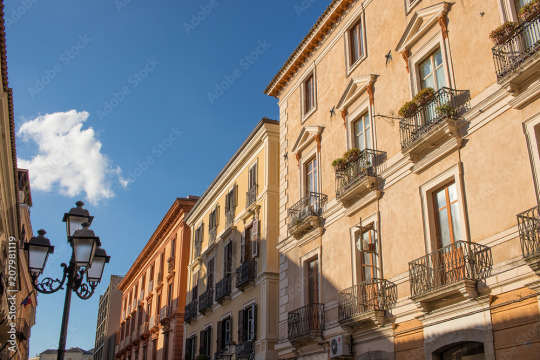
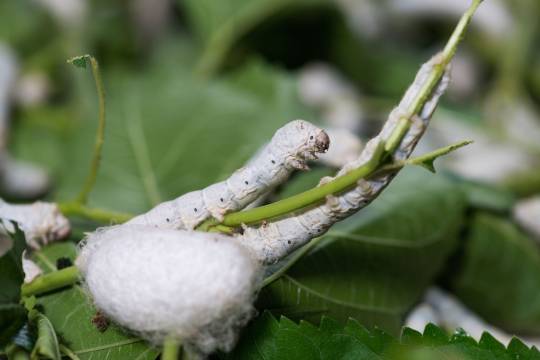
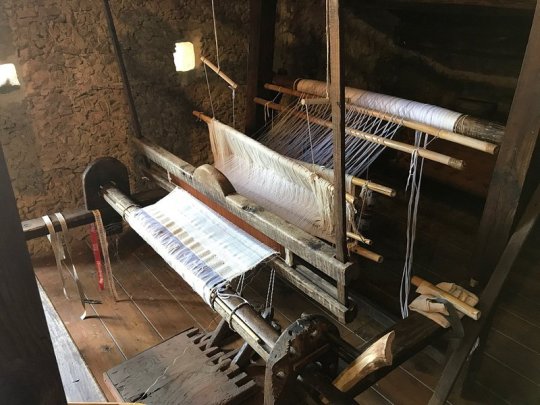

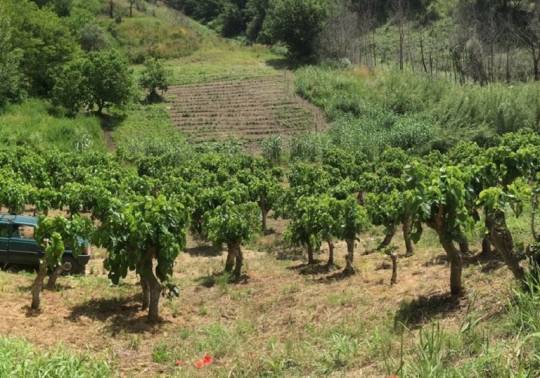

Catanzaro, Calabria, Italy
This ancient town which rises on a rock is the capital of the Calabria region. It was founded in 9th century by the Byzantines and was built over three hills in order to protect the town from the Saracen attacks arriving from the lonian sea.
At the beginning of the tenth century (c. 903), the city of Catanzaro was occupied by the Muslim Saracens, who founded an emirate and took the Arab name of قطنصار - Qatanşār.
An Arab presence is evidenced by findings at an eighth-century necropolis which had items with Arabic inscriptions. Around the year 1050, Catanzaro rebelled against Saracen dominance and returned to a brief period of Byzantine control.
Under the Byzantine dominion, between the end of the 9th and the beginning of the 10th century, Calabria was one was one the first places in Italy to introduce the breeding of the silkworm in the 11th century.
According to French historian André Guillou, mulberry trees for the production of raw silk were introduced to Calabria by the Byzantines at the end of the 9th century. Mulberry leaves are the only leaves that silkworms eat.
Around 1050, the theme of Calabria had cultivated 24,000, mulberry trees for their foliage, with growth still ongoing.
The peasants of the countryside around the city produced the raw silk, which was then woven in the silk workshops of Catanzaro. A large part of the population was involved in this business, and the silk of Catanzaro supplied almost all of Europe.
The silk was sold in a large market fair in the port of Reggio Calabria, to Spanish, Venetians, Genovese and Dutch merchants.
Today, three young friends have come together to bring local traditions back to the fore. In 2014 they decided to build their future in San Floro, a tiny village of 600 inhabitants near the city of Catanzaro and restore the traditional mulberry tree planting and cultivation needed for the rearing of silkworms. Historically, San Floro was famous for a very significant production of raw silk in the 17th century, though this heritage had been completely lost in modern times.
The only surviving elements of this rich legacy were the 3,000 abandoned mulberry trees and the memory of the elderly villagers. Miriam and her friends brought back the production of silk, rewinding the threads of history and travelling across the world to exchange best practices with silk institutes in Thailand, India, Switzerland, and France.
As part of its development, they trained people interested in their new, sustainable production model and also brought thousands of tourists from all over the world to visit their farm (Nido di Seta) to experience how silk is produced first-hand.
Catanzaro is a windy city due to its altitude and position between two seas. In fact, there is only 30 km separating the Ionian Sea from the Tyrrhenian Sea and Catanzaro is wide open to the constant strong breezes from the Ionian Sea and the Sila mountains.
Follow us on Instagram, @calabria_mediterranea
#catanzaro#calabria#italy#italia#south italy#southern italy#italian#mediterranean#silk#the silkworm#silk road#europe#architecture#textile#loom#mulberry tree#history#muslim#saracens#italian landscape#landscape#mediterranean sea#arab#byzantine#byzantine empire#weaving#nido di seta
23 notes
·
View notes
Text

plausibly im going to go with these, warp in the solid weft in the variegated. my main hesitation is that if the weft actually looks terrible when i start working it up, i almost definitely don't have anything else around that will go with this warp, and then i will have a puzzle to deal with. my other main hesitation is that it's insanely bright and i don't actually know anyone who seems like theyre desperate to wear this color combination and im somewhat worried its busyness will compete with being a nice exercise in herringbone
#i have a couple skeins of tml that would be perfect and i will weave with someday bc theyd be much better that way than knit#but everyone online says its incredibly sticky and impossible to unweave so id like to save it for slightly farther in the future#i also have a sufficient quantity of laceweight white mulberry silk with or without supplementation from a malabrigo blue laceweight#but im not really in a delicate ethereal white silk wrap mood.#box opener#i have beautiful sober-colored yarn but a) not enough b) i still want to knit with it.#when i thought these were going to be socks or hats i was all in. somehow for a scarf im having more trouble.
8 notes
·
View notes
Text



Our newest yarn is now available in our etsy shop! This one is called "Sunburst". It's 100% mulberry silk.
3 notes
·
View notes
Text
Is organic cotton the future of sustainable development?
With the increase in climate change and global warming, each step taken by us matters, be it even by transforming our cotton closet into an organic cotton closet.
We are living in a time, where each step will either lead to an immense increase in global warming or will lead to the protection of Mother Earth. So why not make our actions count and take a step by protecting our nature by switching to organic clothing?!
As we know, the fashion industry is one of the largest industries of today, in which cotton textiles lead the line together with cotton manufacturing setting them as the highest-ranked in the fashion industry. These pieces of regular cotton constructed into garments lead to 88% more wastage of water from our resources.
Whereas Organic Cotton which has been made from natural seeds and handpicked to maintain the purity of fibers; uses 1,982 fewer gallons of water compared to regular cotton.
Gallons of water used by:
Regular cotton: 2168 gallons
Organic Cotton: 186 gallons
Due to the increase in market size of the fashion industry every year along with the cotton industry; regular cotton is handpicked by workers to keep up with the increase in demand for regular cotton and because these crops are handpicked it leads to various damages and crises such as:
Damage of fibers: As regular cotton is grown as mono-crop it destroys the soil quality, which exceeds the damage when handpicked by the farmers, leading to the destruction of fibers because of the speed and time limit ordered.
Damage to crops: Regular cotton leads to damage to crops when it is handpicked, as not much attention is paid while plucking it in bulk, due to which all the effort, time, and resources used to cultivate the crops drain out to zero.
Water wastage: The amount of clean water being depleted to produce regular cotton is extreme which might lead to a water crisis. The Clean water when used for manufacturing turns into toxic water that is disposed into freshwater bodies, causing a hazardous impact on the people deprived of this natural resource.
Wastage of resources: When all the above-mentioned factors are ignored by the manufacturers and the farmers, it directly leads to the waste of resources, as the number of resources used to produce regular cotton is way high in number when compared to the results in the end.
Regular cotton along with these damages also demands to use of chemical dyes for their further process, which is not only harmful to our bodies but is also very dangerous to the workers exposed to it, as these chemicals lead to many health problems like earring aids, lunch cancer, skin cancer, eczema and many more, other than that people can also lose their lives when exposed to these chemicals for long other than people can also lose their lives when exposed to these chemicals for long.
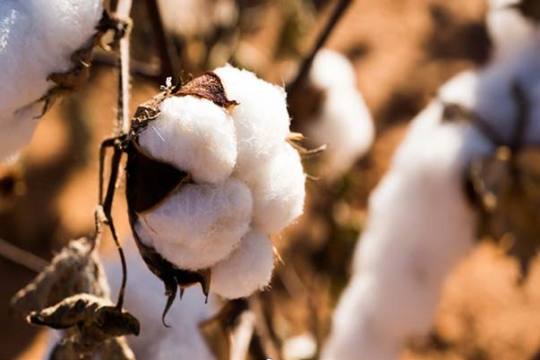
#crepe fabrics#hemp fabric#dyed fabric#dyed fabrics#fabric linen#muga silk sarees#muga silk#plain saree in silk#silk saree#mulberry silk#fabrics cottonplain saree in silk#fabrics cotton#cottony fabric#organic fabrics#fabrics printed
0 notes
Note
Love hearing about your blorbo National Health Service :)
You're welcome he's the world and universe in many a way
#His actual name refers to mulberry leaves. Btw. Like the ones used to make silk#Bc he has nice things.
3 notes
·
View notes